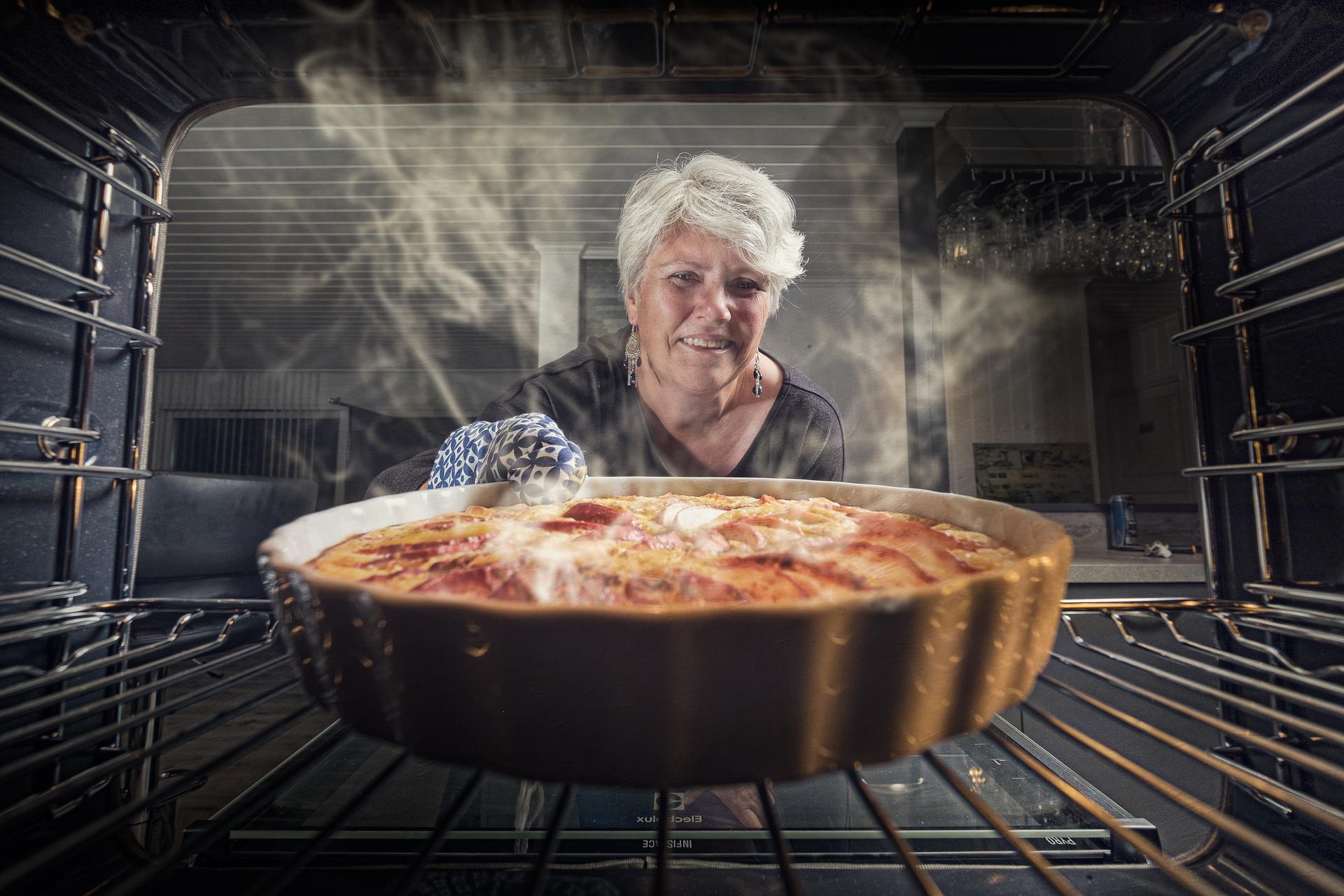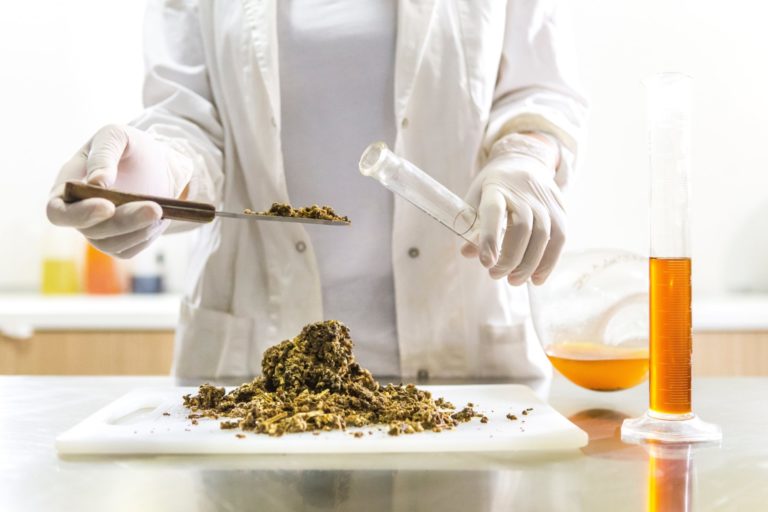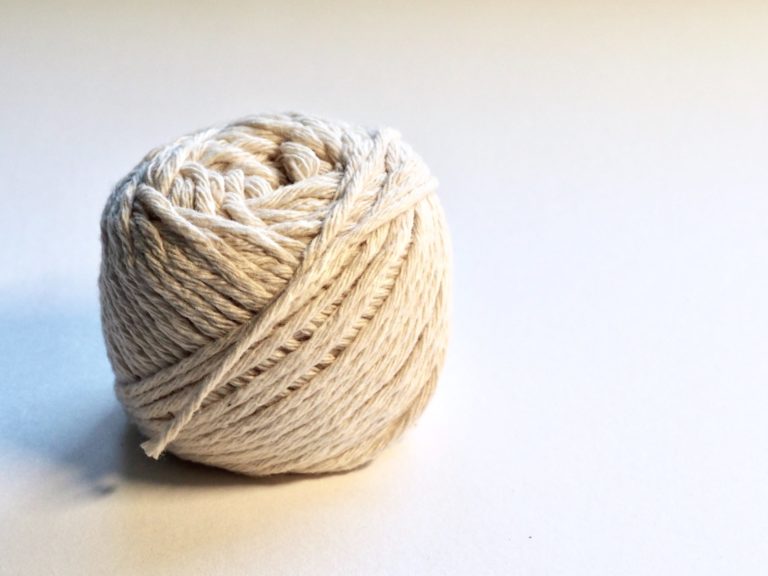Making use of CBD in your everyday wellness regimen? If so, you may choose to get a little creative in how you work your CBD into your plans. Making CBD edibles at home is perfectly doable, and it can be a lot of fun. Below is a look at CBD edibles and the best methods and tips to follow in 2022.
First, a Closer Look at CBD Edibles
So, what are CBD edibles? In short, CBD edibles are foods or beverages infused with CBD (cannabidiol) derived from hemp. Edibles can take on a lot of forms commercially. Almost anything can be infused with cannabinoids on some level. Some of the most common CBD edibles include:
- CBD gummies
- CBD beverages
- CBD candy
- CBD baked goods
The beauty of CBD edibles is that you can indeed make a lot of these products at home with a few added steps when pulling a recipe together.
Important Tips for Making CBD Edibles
Flower or Extracts?
It truly is up to you to decide whether you want to make edibles using hemp flower or extracts. Hemp flower can be a little more complicated when it comes to preparing for use in a recipe and determining serving potency. By contrast, using extracts means you can basically just add the liquid drops to your recipe. The latter can definitely make accurate dosing easier.
About CBD Decarboxylation
If you have ever made THC edibles at home using raw flower, you know that decarboxylation is necessary to “activate” the THC. Decarbing involves converting the precursor THCa (tetrahydrocannbinolic acid) into THC, which the body can process. If you don’t, the flower can be far less potent if it offers much at all. The precursor of CBD is CBDa (cannabidiolic acid). Unlike THCa, CBDa can be processed by the body and interact with the endocannabinoid system. In fact, some studies suggest that CBDa is far more bioavailable than CBD.
All this in mind, if you are dealing with raw hemp flower, decarboxylation does not sound necessary. And, scientifically speaking, it is not. However, adding raw hemp flower to a batch of brownies or a tray of gummies will change the flavor and texture significantly. Plus, this would not mean evenly distributed CBD. Therefore, decarbing or at least infusing the cannabinoids into a healthy fat is a better route to take.
Determining the Right Dosage
You don’t have to be a mathematician to figure out the right amount of CBD to use in your homemade edibles, but you do need to do the math. The last thing you want is to fly blind and end up with edibles that don’t offer anything or give everyone way more CBD than you mean to. Thankfully, there are a few random edible dosage calculators out there to help you out.
The basic goal is to figure out how much CBD in milligrams you need to use in a full recipe to create the proper dose in each serving size. This can be a little trickier with hemp flower, but the dosage calculator can help as long as you know the CBD percentage in the flower. To use a dosage calculator, you will need to know:
- How much CBD in milligrams you are adding to the recipe
- How many servings are in the recipe
- What preferred dose you want in each serving size
Remember, it is good to keep starting doses low, possibly around 25mg for people who are not accustomed to taking CBD.
Infusing Fats and Oils with CBD
Infusing oils with CBD gives you oil that can then be used in a variety of recipes. However, the quality of the oil is especially important when it comes to infusion with cannabinoids. In fact, some fats hold onto the cannabinoids better for even distribution. In order for the infused oil to taste good and be effective, stick with the highest-quality fat sources. For example, natural butter is a better option than margarine, and coconut oil is a better choice than vegetable oil.
According to Wake+Bake, the best fats for cannabinoid infusion include:
- Butter
- Avocado oil
- Grapeseed oil
- Coconut oil
Butter actually has the highest infusion rate at 93 percent, which is great because butter can be used to make a long list of baked goods.
Careful with Temperature
At a certain temperature, all cannabinoids will essentially degrade, including CBD. This means that when you are making CBD edibles, you do have to be mindful of temperatures. Some professionals indicate that you should keep CBD within its boiling point, which is between 320 and 356 degrees Fahrenheit. Any cooking temperature over this can potentially yield the CBD less effective because it may degrade and vaporize. So, be careful with baking at high temperatures, making candy that has to be a high temperature, or even sautéing with CBD.
Best CBD Edibles to Make at Home
Regardless of whether you are using a CBD extract or some cured CBD flower, there are a handful of recipes that are super simple to do. A few examples include:
Ready to make your own CBD edibles?
Bringing together a few ingredients and some quality CBD oil or hemp flower gives you all you need to make CBD edibles at home. The most important part? Always opt for the highest-quality, well-tested CBD products from reputable brands. Check out the Certificate of Analysis (COA) for reputable products, so you know exactly what you are using. Top companies have no qualms about sharing third-party lab tests—a good indicator you have a quality product. Go ahead, take your CBD into the kitchen to see what you can create.
Buy Hunger Mountain Hemp CBD Gummies
Sources
- https://www.myrecipes.com/news/does-cbd-lose-potency-in-food#
- https://wakeandbake.co/best-oil-for-marijuana-edibles-and-topicals/
- https://www.veriheal.com/edible-dosage-calculator/
- https://www.projectcbd.org/science/cbda-raw-story
- https://www.bakespace.com/recipes/detail/Healthy-Homemade-CBD-Gummies/90498/
- https://www.tastemade.co.uk/videos/cbd-brownies/
- https://greatist.com/eat/its-time-to-chill-with-a-cbd-cocktail
- https://realsimplegood.com/easy-no-bake-cbd-cookies/
Copyright © 2025 Hunger Mountain Hemp |
Site by CannaPlanners





